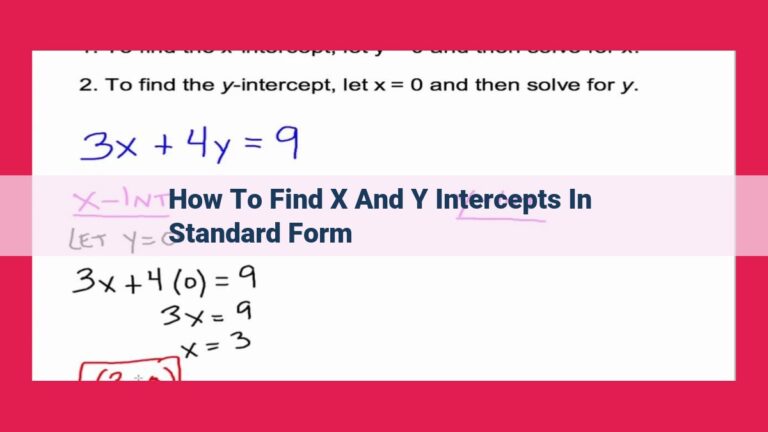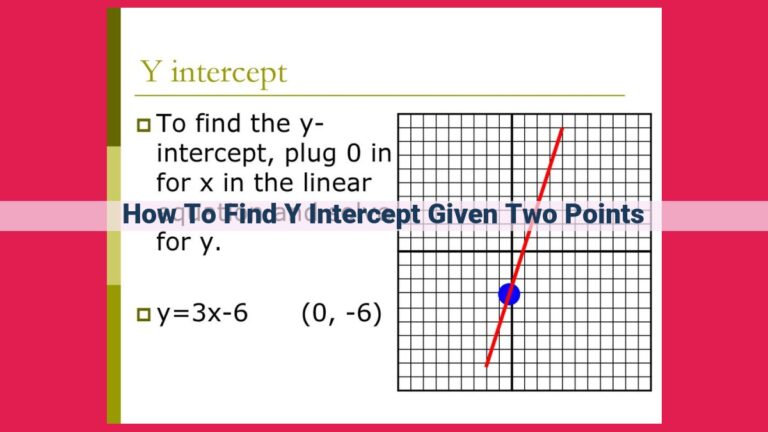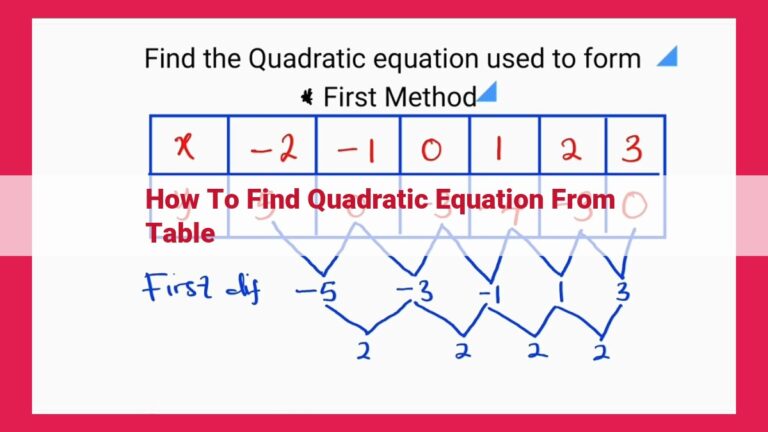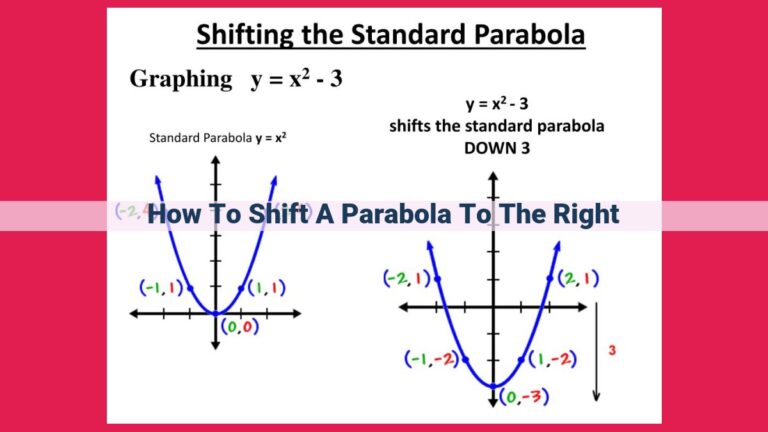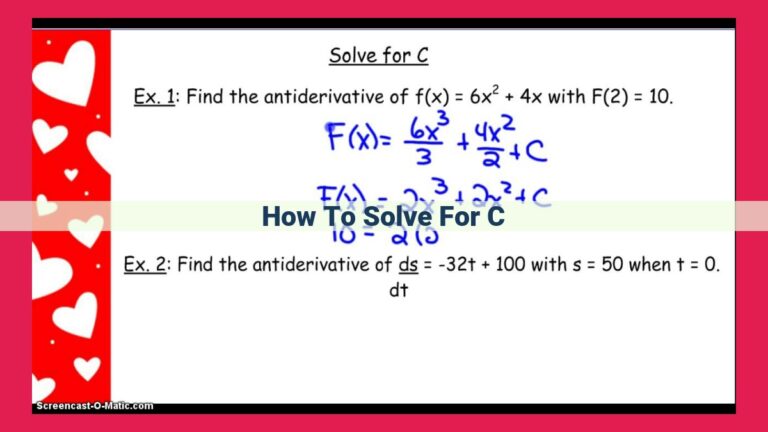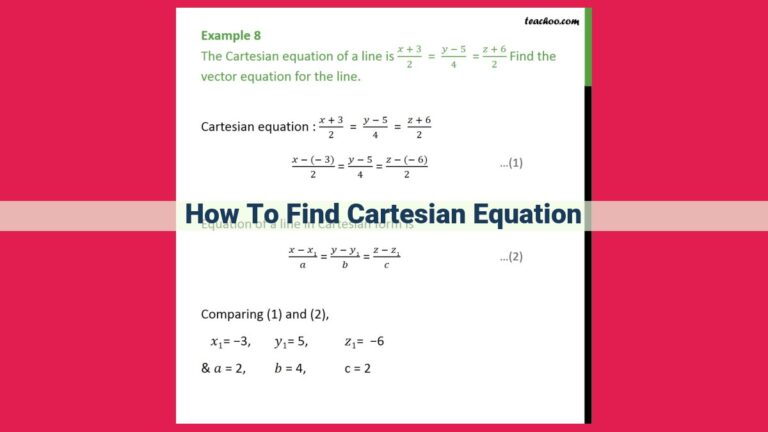Comprehensive Guide To System Of Equations: Unique, Infinite, And No Solutions
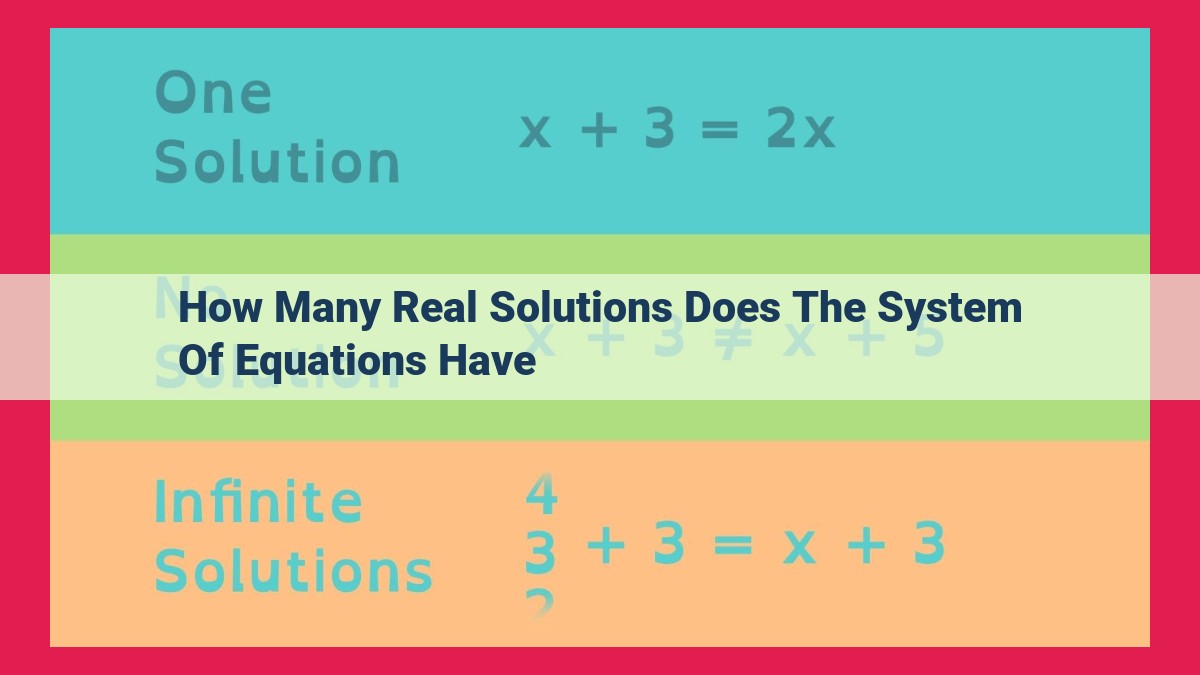
A system of equations can have one unique solution, where only one set of values satisfies both equations. It can also have infinitely many solutions, where a line or plane represents multiple sets of values. This occurs when equations are linearly dependent (same line or plane) or if a consistent system (equations that combine to a true statement) represents a line or plane. Finally, a system with no solution means there are no sets of values that satisfy both equations, which occurs if equations are linearly independent (different lines or planes) or if an inconsistent system (equations that combine to a false statement) has no solution.
Unlocking the Mystery of Systems of Equations: The Unique Solution
In the realm of mathematics, systems of equations reign supreme, presenting us with a tantalizing challenge: finding the values that satisfy every equation simultaneously. Among the possible outcomes, the unique solution stands out as a beacon of precision, revealing a single harmonious set of values that fulfills the system’s demands.
Defining the Unique Solution
A unique solution is the holy grail of systems of equations. It is the exclusive set of values that weaves its way through the intricate tapestry of equations, satisfying each and every one. In other words, the solution is unique because there is exactly one combination of values that makes every equation sing in perfect harmony.
Imagine a puzzle where you have to assemble a jigsaw, but instead of a picture, you’re given a system of equations. Each equation represents a piece of the puzzle, and the solution is the complete picture. With a unique solution, you’re guaranteed to have all the pieces you need to complete the puzzle.
Infinitely Many Solutions to Systems of Equations: A Mathematical Exploration
Understanding Infinitely Many Solutions
In the realm of mathematics, solving systems of linear equations is a fundamental task. Sometimes, these systems have unique solutions, meaning there is only one set of values that satisfy all the equations. However, there are also situations where a system has infinitely many solutions. This is where the concept of infinitely many solutions comes into play.
Linear Dependence: The Key to Multiple Solutions
One key factor that leads to infinitely many solutions is linear dependence. In simple terms, linear dependence means that the equations in a system represent the same line or plane. Imagine two equations representing lines on a graph. If these lines overlap perfectly, they represent the same set of points. This means that any point on either line satisfies both equations, creating an infinite number of possible solutions.
Consistent Systems: A Pathway to Multiple Solutions
Another aspect that contributes to infinitely many solutions is a consistent system. A consistent system is a set of equations that can be combined to create a true statement. Think of it as a situation where the equations “play well together.” When a system is consistent, it means that there are solutions that satisfy all the equations. These solutions may vary endlessly, but they will always exist.
Examples of Infinitely Many Solutions
To illustrate the concept of infinitely many solutions, let’s consider two simple examples:
-
Linearly Dependent Equations: The system of equations
x + y = 0and2x + 2y = 0is linearly dependent. These equations represent the same liney = -x, meaning any point on this line satisfies both equations. There are an infinite number of points on this line, so there are infinitely many solutions to this system. -
Consistent System: The system of equations
x + 2y = 4andx - y = 2is consistent. These equations can be combined to create the true statement2 = 2. This system has infinitely many solutions because there are many different values forxandythat satisfy both equations.
Understanding the concept of infinitely many solutions is essential for solving systems of linear equations effectively. Linear dependence and consistent systems play a crucial role in determining whether a system has multiple solutions. By recognizing these characteristics, mathematicians and students alike can unravel the intricacies of these equations and find their infinite possibilities.
No Solution
- Definition: State that a no solution occurs when there are no sets of values that satisfy the system of equations.
- Linear Independence: Explain that linearly independent equations represent different lines or planes, resulting in no solutions.
- Inconsistent System: Describe that an inconsistent system has equations that cannot be combined to create a true statement, leading to no solutions.
No Solution: When Equations Don’t Play Nicely
Systems of equations can sometimes lead us to a dead end, resulting in what we call a no solution. This occurs when there’s simply no combination of values that can satisfy all the equations simultaneously.
Linear Independence and No Solutions
Imagine you have two equations describing two linearly independent lines. Linearly independent means they run in different directions, never intersecting. This leads to the unfortunate outcome of no solution. The lines will forever remain parallel, never meeting at a common point.
Inconsistent Systems: When Equations Contradict
Another reason for a no solution is an inconsistent system. In this scenario, the equations are like siblings who don’t get along. They seemingly contradict each other, making it impossible to find a set of values that appease both equations. Think of it as trying to juggle two balls that keep slipping out of your hands.
Real-World Examples of No Solution
No solutions can arise in various real-world situations. For instance, consider a business with two products, A and B. If the profit equation for product A is 2x + 3y = 4 and the profit equation for product B is -x + 3y = 8, we have an inconsistent system. The equations contradict each other, meaning it’s impossible to find a combination of x and y values (number of units sold) that will simultaneously maximize profits for both products.
Another example could be a system of equations describing the demand and supply curves for a particular commodity. If the demand equation is given by p = 100 – 2q and the supply equation is p = 50 + 3q, we have a linearly independent system. The demand and supply curves will never intersect, indicating that there’s no equilibrium price-quantity combination that satisfies both curves simultaneously.
Understanding no solutions is crucial when dealing with systems of equations. It helps us identify situations where finding a solution is futile, saving us time and frustration.
